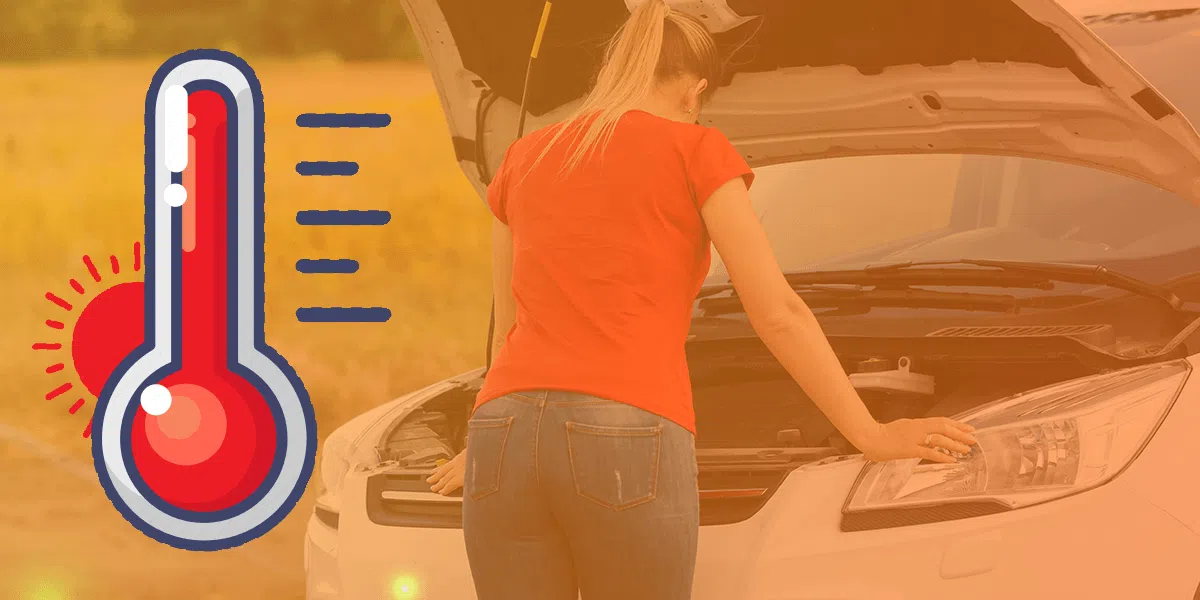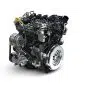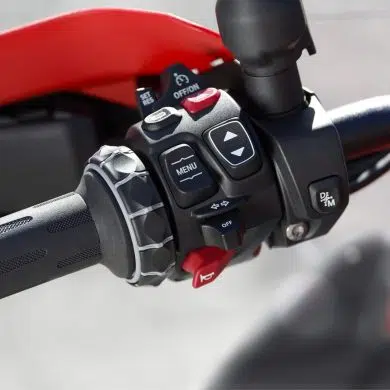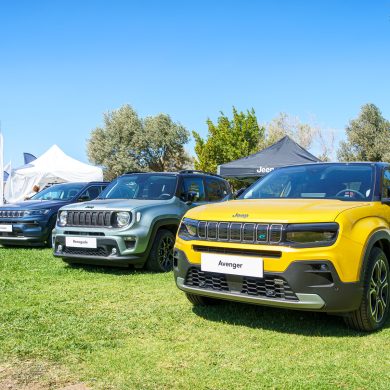Do you feel that the... the doors have opened gates of hell; Can you feel your body melting from the heat and you're heading to the beach? At Greece, - in the country where it is not cold, as some... souls say - the heatwave is a rather common thing. Summer entails high temperatures and these, in turn, can have disastrous results for the car and, consequently... pocket yourself. Today, the TopSpeed.gr presents a survival guide to the heatwaveso you don't find yourself in the LEA waiting for the roadside assistance...
In the following tribute, we will see step by step what to look out for, from parking of the car, until the time we will have reached to our destination, safely, comfortably, without much... sweat. So let's see what we need to do in order to have no other stresses than... the beach chair.
Parking
It seems obvious, but in Greece, it is of the utmost importance to park our cars - if possible - in a parking lot shady places. The reasons are many and have not only to do with the route to follow, nor with the fact that a burn or even a heat stroke lurking around our entrance in a car that was hours in the sun. They have to do with the lifetime of the car.

If it is not possible to parking in a shady place, such as garages or under trees (be careful cleaning the splashbacks - they damage the paint), at least one heliopreservation is necessary. In countries with hot summers like ours, is rather damage to the dashboard is common from the sun and the heat. It has been observed that some grades of plastics polymerize (they basically become like... mud) and destroyed, while the most frequent damage is the "opening" of the dashboard, especially in the places where the passenger airbag. These points appear as "Cracked"and this damage not covered by the guarantee given by most car manufacturers, while the repair (replacement) of the dashboard is very costly. Also, the large expansions-constrictions due to temperature differences, have the consequence of the appearance of annoying cracks.
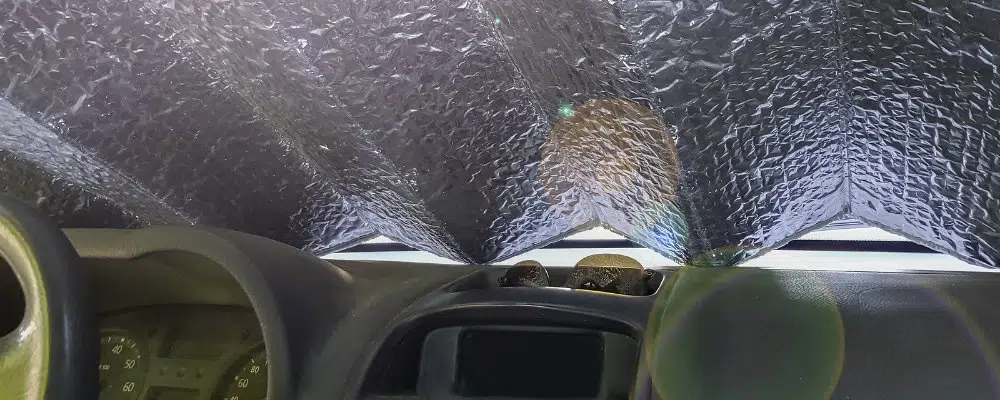
Likewise, are damaged by the sun and the other surfaces of the interior, such as the skins. In most modern cars, exposure to the sun and high temperatures causes damage to control units, brains, sub-brains and other systems. The screens get damaged - we can tell by leaving our smartphone in the sun for an hour, although it's not recommended - while some cars, because of the heat do not directly operate some subsystems like bluetooth. This makes sense, considering that high temperatures are the great enemies of semiconductors and computer systems.
Damage is caused and abroad of the car from the exposure to solar radiation. Although most car manufacturers take care of the durability of their paints, the sun is invincible and causes inevitable damage, such as dulling of the color. The use of special creams and a visit to a detailer for color care is not a bad idea.
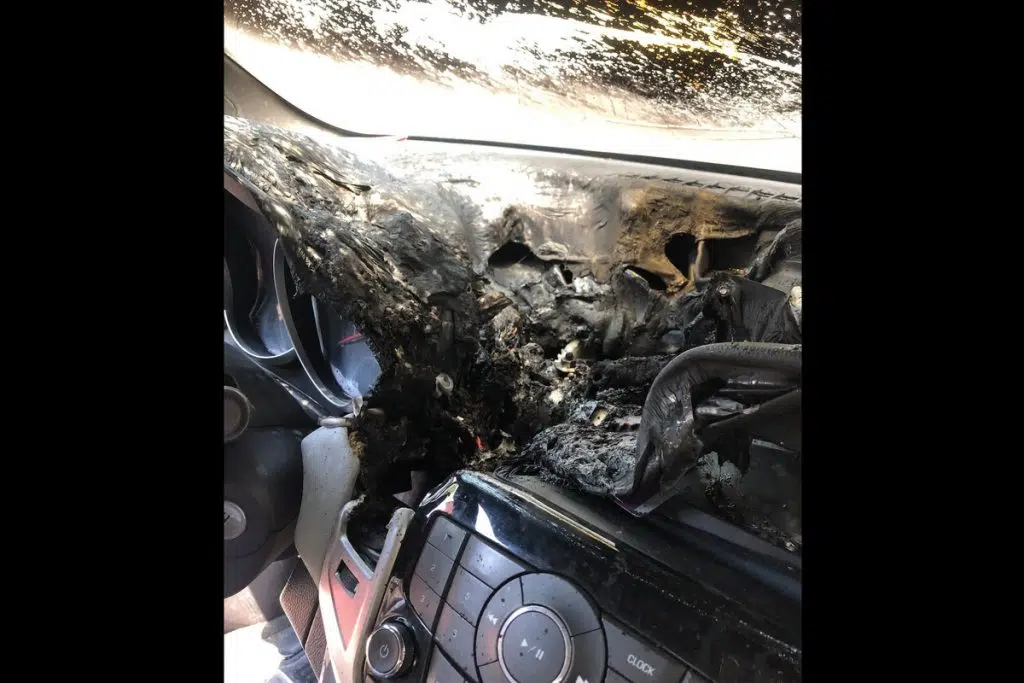
Another sensitive point, apart from the colour, are the front lamps. Because most car manufacturers do not use crystals, but plastics, the front lights yellow from the sun and "burn". The result is not only unsightlybut it has impact and performance of the lanterns which will need change.
Before we get in the car
In an earlier report, in TopSpeed.gr, we have seen how fast the temperature rises in the cabin of the car. On a day with outside temperature 25 degrees Celsius, after exposing the car to the sun for ten minutes, the temperature in the cabin exceeds the 71. On a day with outdoor temperature 32 degrees Celsius, a car locked in the sun for 2 minutes, it raises the temperature of its cabin to 36 and to the 50 degrees, in the eight minutes.

Why are we saying all this? In the summer, we don't unlock the car and we don't get into it right awayif we have left it in the sun. We first open the doors, allowing the air to recirculate, and then open the windows. Even when we start up and turn on the air-conditioned of the car, we do not close immediately the windows. We make sure that the heat is removed from the cabin so that the air conditioner to cool faster.
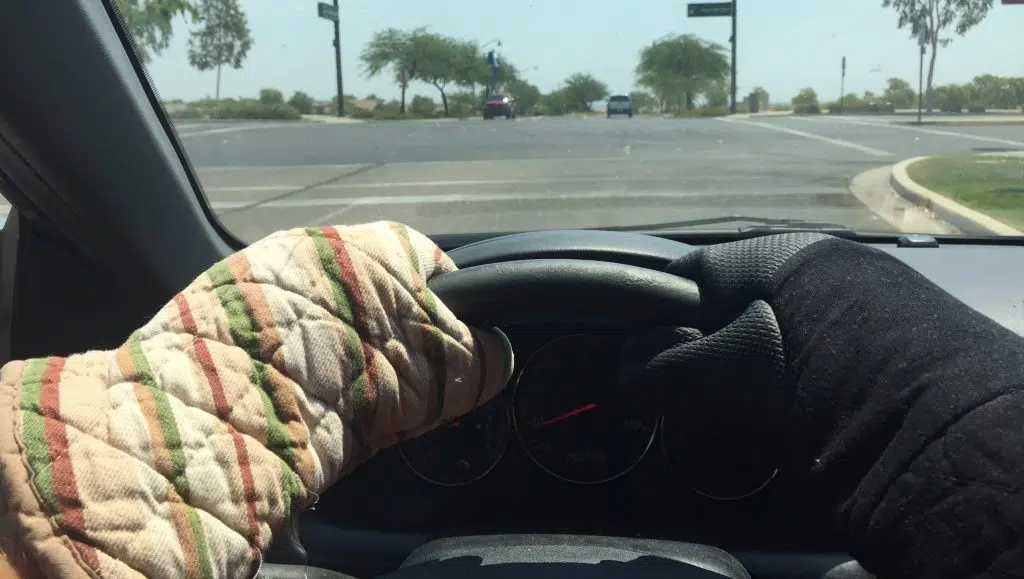
It goes without saying that be careful what we catch and what we touch. It's not just heatstroke: Catching the steering wheelor a metal lever that has been exposed to the sun, can cause burn. Similarly, it can be burn our feet if we sit in leather (especially black) seat exposed to the sun, wearing shorts or a bathing suit.
The maintenance
Η... "holy trinity” of maintenance in view of (or in the middle of) the heat and summer, it is "water, oil, tyres". Let's look at them one by one.
As regards the cooling system of our car, we take care to have (cooling). It makes sense that the cooling system that working... overtime in summer, is affected by high temperatures. It is essential that our cooling circuit be maintained and especially to be filled with the appropriate antifreeze/refrigerator water. We check the level of, complete it if necessary and check for any damage to it.
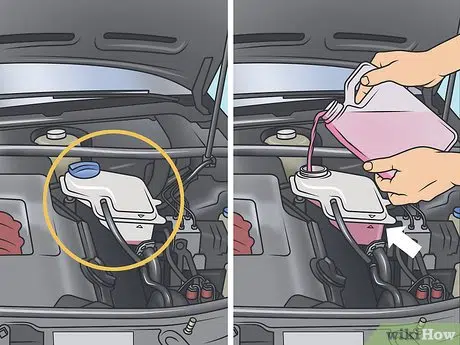
For the oils, it is good to take a look at their level. If necessary, fill in. Depending on when it was made the last change oil, it is best - if the time is approaching - not to postpone it, but instead to speed it up. This is because the thermal cycle of the engine has smaller range the more high are the temperatures. This practically means that the oil does not change the viscosity so strongly as much as in the cold months (this also depends on the oil itself). In layman's terms, the oil cannot so easily "respond" to temperature changes.
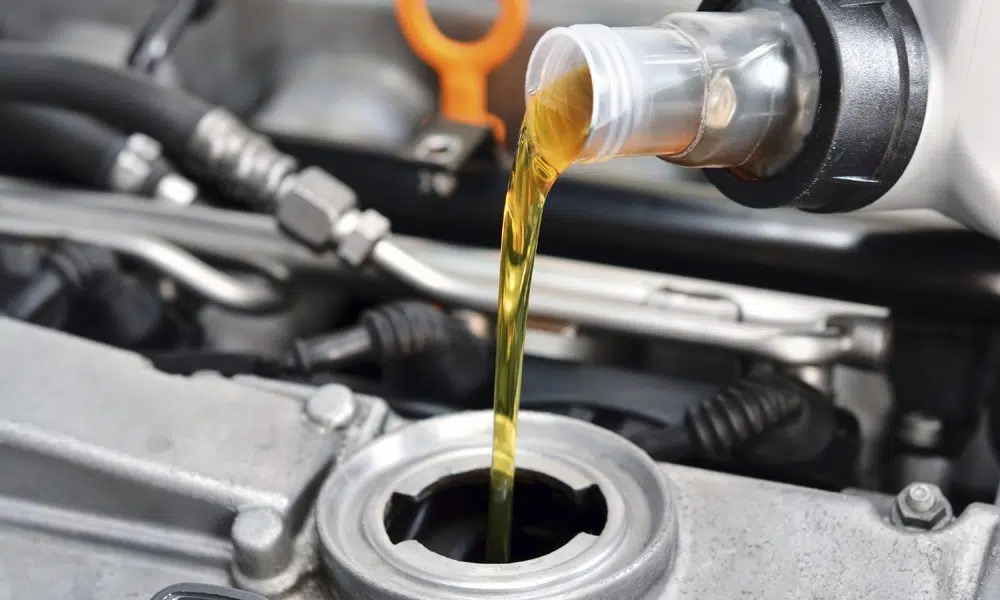
The third member of the "holy trinity", the tires, Concerns Anywhere in our car is made of rubber: Not only the "shoes" of, but also webbing, water piping etc. dry or open up from the higher temperatures and the sun. An optical check, or a visit to the garage to have them checked, can't hurt.
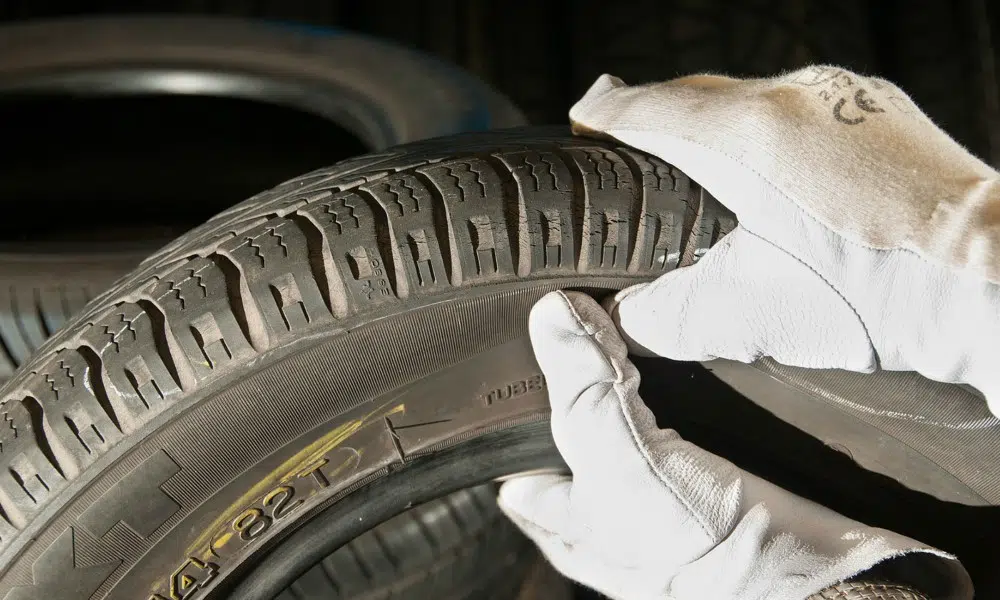
Now as far as the tyres, we keep in mind that everything depends on the Age and the Maintenance. The more Old are, the more likely they are to result in a pruning due to the heat and, of course, the worse it is the performance their. A detail that not many people know is that in some washing machines car or garages use sugar water/glucose to give them gloss. This ingredient however dries out the tyres and shortens their life cycle. If we want the tyres to shine, it is better to use products specifically designed for this purpose which have other chemical compounds which do not affect the chemical composition of rubber.
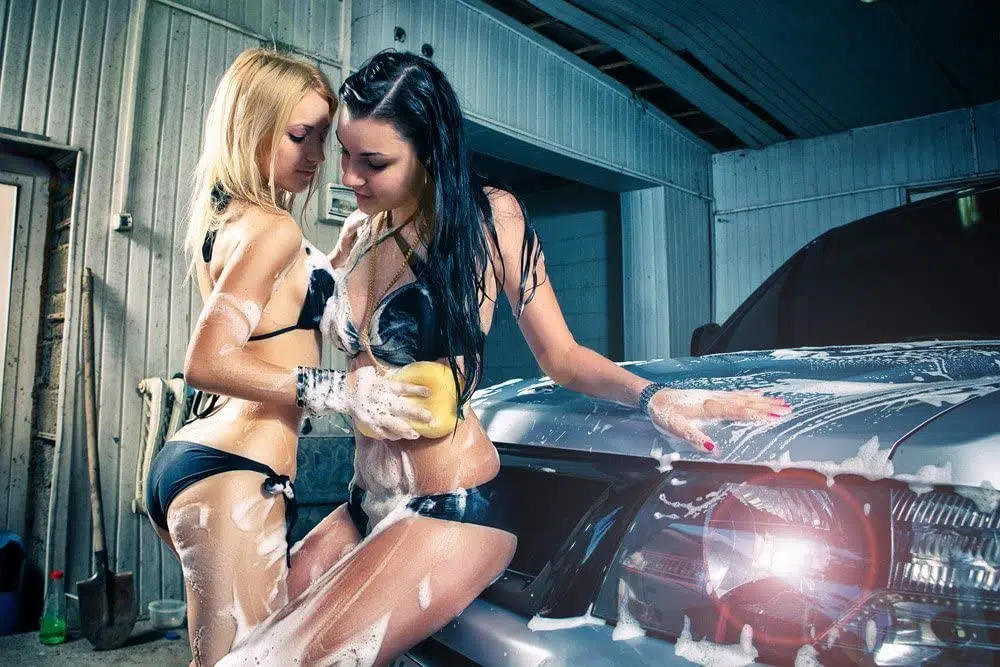
The "holy trinity" is not the only one that should concern us. Good is a cleaning and inspection of the air conditioner of our car to ensure that we breathe fresh (cool) air from it. But besides that, it is also good to have cleaning of air passages of the engine by powder, leaves etc. With the sprayer in the washing machine, we give the space a base the muzzle of the car, through which the air enters the engine and to any air ducts. Equally good is a cleaning the fridge and, in case our car is turbo and its intercooler, so as to improve the operation of the device that cools the air entering the supercharger.
The driving
It (and this) goes without saying, but we'll say it: When the weather is very hot...your car... will suffer if we operate the engine close to its limitsor if we overload it. Either way, mainly on the turbo cars, the engine performance in summer is lower because of the difference in atmospheric pressure from the overfill pressure. Most modern engines may be optimized to run at all temperatures, but that doesn't mean they can't be optimized to run at all temperatures. suffering circumstances, which we can also understand from the fact of the of reduced efficiency but also from the fact that do not easily dissipate heat, even when they are blanked (they take a long time to cool down when we switch off). Η "golden" tip, is not to operate our car in full load on continuous long time.

As regards the tyres, keep in mind that a old or badly worn tyre can be gasp, or to balloon, if not to cry. But even if they are new, we have to make sure that they are the pressures are right -those specified by the manufacturer; and we reduce the speed us. We go to slower and keep in mind that the temperature of the tyre affected by the driving style. It is basic rule of physics that when the wind heated, increases its volume and consequently, when it increases and the external pressure, ο risk of puncture with disastrous consequences is real. Besides, in the high speeds, η temperature and the air molecules inside the tyre affected by the centrifuge power of rotation of the wheel and develop greater centripetal acceleration resulting in the tyre inflates. So it is much more likely to stall if the pressures are not correct.
As We drive, we keep an eye out (except for the road, of course) and on the operating indicators of the car. We observe the indicator of oil and water temperature (if available) and the other indications of our vehicle.
An common question concerns the optimal how to use the air conditioner. In this section, we have... ready answers to all the questions from the engineers of Skoda Auto. We quote them in full:
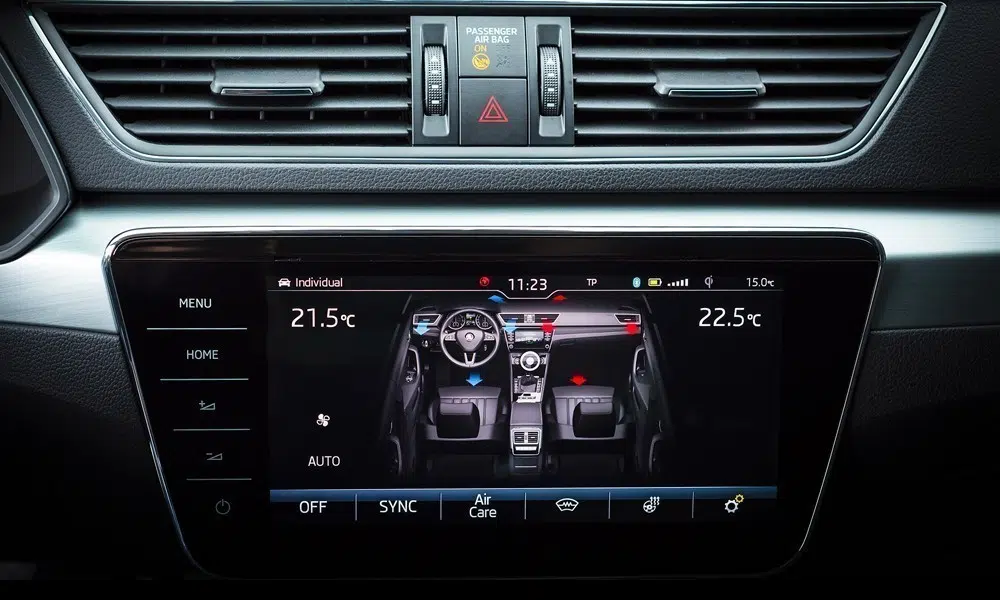
At what temperature do we operate the air conditioner?
In the case of automatic air conditioning, it is necessary to use of the automatic function (indicated by Auto). This option optimises the performance of the air conditioning via the sensors in the car. Η optimal temperature adjustment in the summer months is in the 22 degrees Celsius or so (unless you're a hothead like the author who puts it at 15 degrees). Recall that the lower it is set the temperature in the air conditioning, the higher the "pressure" it receives, so the higher the greater consumption.
Correctly adjust the air passage zones
In most new cars, depending on the level of equipment, the driver and passengers can choose between different levels temperatures. This one is necessary and improves the atmosphere in the cabin if the car has large glass surfaces and receives heat from a particular side.
Automatically selected temperature
In all cases the temperature we choose in air conditioning systems is not identified with the one that the human body receives. Usually, their summer months we feel colder air and the winter warmer. The new Skoda models improve through the automatic mode the feeling between the selected and actual temperature, between 18 and 28 degrees Celsius.
How much is consumption affected by air conditioning?
According to Skoda, the modern air conditioning systems you have not no relation to the older ones, in terms of their impact on consumption. This is done through a series of sensors and so the air conditioning can be operated even with zero load.
Air conditioning and health
Plus, air conditioning systems use minimum quantity of coolant and so the effects on the environment are not negative. At the same time, the new filters take care of the air quality in the cabin, while for vulnerable groups with respiratory problem there are special products.
Recyclable or outside air?
Few people know that with a selected automatic operation at the same time the air recycling. In this case the air recycled through the filters and improves the quality of the cabin atmosphere. If air recirculation is selected manually and there is a risk of dazzling the windows, the air conditioning compressor is activated. On Skoda models, if the driver insists on the air recirculation mode without air conditioning, the recirculation button must be pressed twice to disengage the air recirculation compressor.
Stopping by
The most Usual -but criminal- error that many people do is the "five minutes". At a stop, they lock the car, leaving the child inside, or the Homepage. This, we must not do ever. Let's go again: NEVER! Even one minute can bring about martyrdom From heat stroke. We have explained above how quickly the temperature of the interior of the car even with the windows half open, without air conditioning.

Let's quickly explain what's going on with heat stroke: In the event that one gets it (which we address, of course) the body temperature exceeds the 41 degrees Celsius. Quickly driven in shock. The his myocardium, suffers immediate thermal damage, which means that the heart begins the arrhythmias and does not provide the necessary blood. Almost immediately, they begin the brain damage (due to reduced blood flow), accompanied by muscle aches and pains, vascular events etc. When its temperature reaches 42 degrees, the temperature of the death.
In case of damage
In case of damage to the car, the we immobilize to the side of the roadway, we make sure to place the triangle that warns passing drivers and we move away from the roadway. The driver/passenger drift cars that have come to a standstill are very common. First, then, we make sure we are safe.
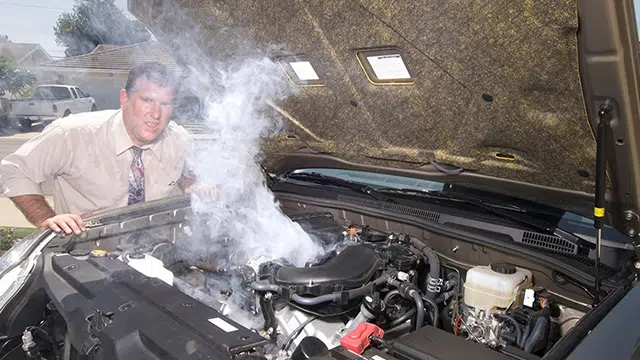
In case our car raised temperature, We erase the engine. Open the bonnet and inspect the engine compartment. Never But do not open the cap of the expansion tank of the refrigerator. Why? The cooling circuit is under pressure and if we open the plug, the refrigerator fluids will be launched with pressure on us (usually in the face), causing us to Burns.
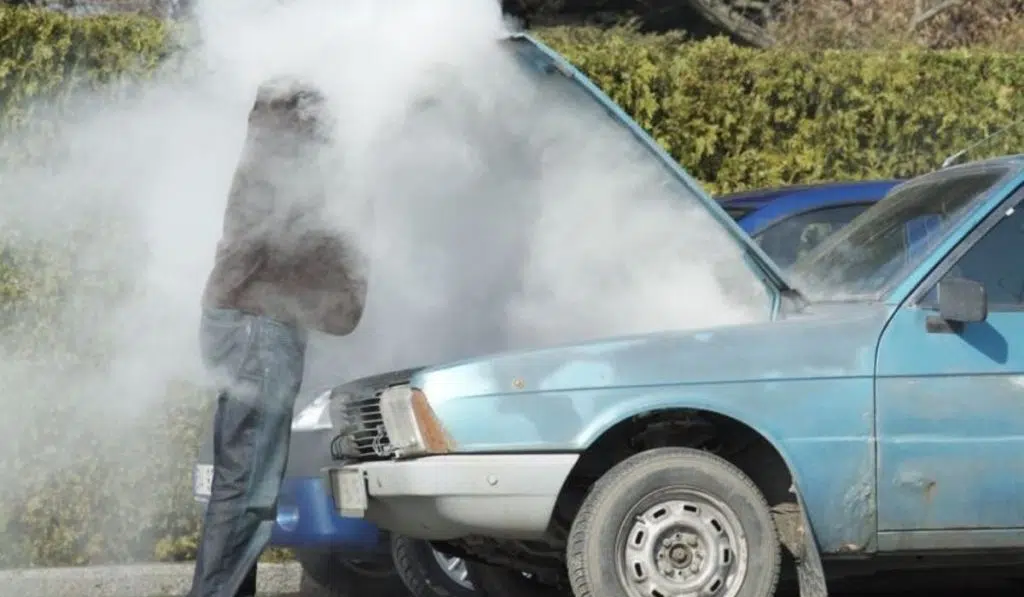
We check in refrigerator space and without touching - the temperatures are very high - if there is a leak From piping thermostat, refrigerator and generally from wherever the water passes. We leave a period of time 10-15 minutes for the engine to cool down and then, very carefully unscrew the cap of the expansion tank. If we have not identified leak, supplement liquid in the fridge. If we do not have antifreeze with us, we add with bottled water (we avoid that of the tap, due to salts). If there is leakage from the fridge, we have no other solution than to call the road assistance.
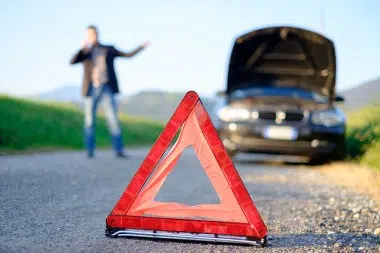
There are also other cases of damage due to temperatures. Η oil shortage (follow the same procedure and complete) or, in the case where the thermostat it can get stuck. If the thermostat is stuck closed, the engine overheats. If stuck open, it doesn't even reach operating temperature. Plus, thermostats are electronically controlled in cars, so it's rare to experience this; we're more likely to see the familiar "check engine" light.
After we arrive
At older technology cars and especially in turbo -and the much-loved Wankel rotary engines- was common, after we arrived to our destination to leave 1 minute at idle to gradually cool down and avoid cracking the bodies, shells, piping. This, in modern technology cars it is not necessary.
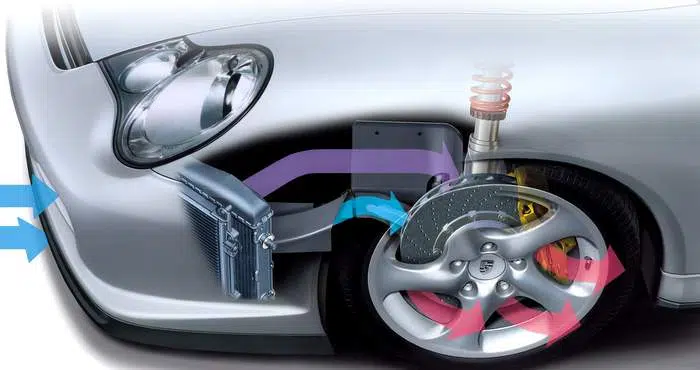
What is necessary, however, is to pay attention to where, how and especially what we leave in the car us. If we can't find a shady place to park it, we'll put reflectors on the windscreen. We make sure not to leave Objects that could cause ignition. Such are the lighters, Spraybut also objects that are not in our minds. The example of the Wisconsin Fire Department in the USA is a typical example of a fire department that issued Directive whereby forgotten bottle of antiseptic in a car can ignite at high temperatures-under certain conditions, of course. Dozens of objects can prove dangerous, from a pair of glassesuntil a plastic that will melt on the dashboard.


